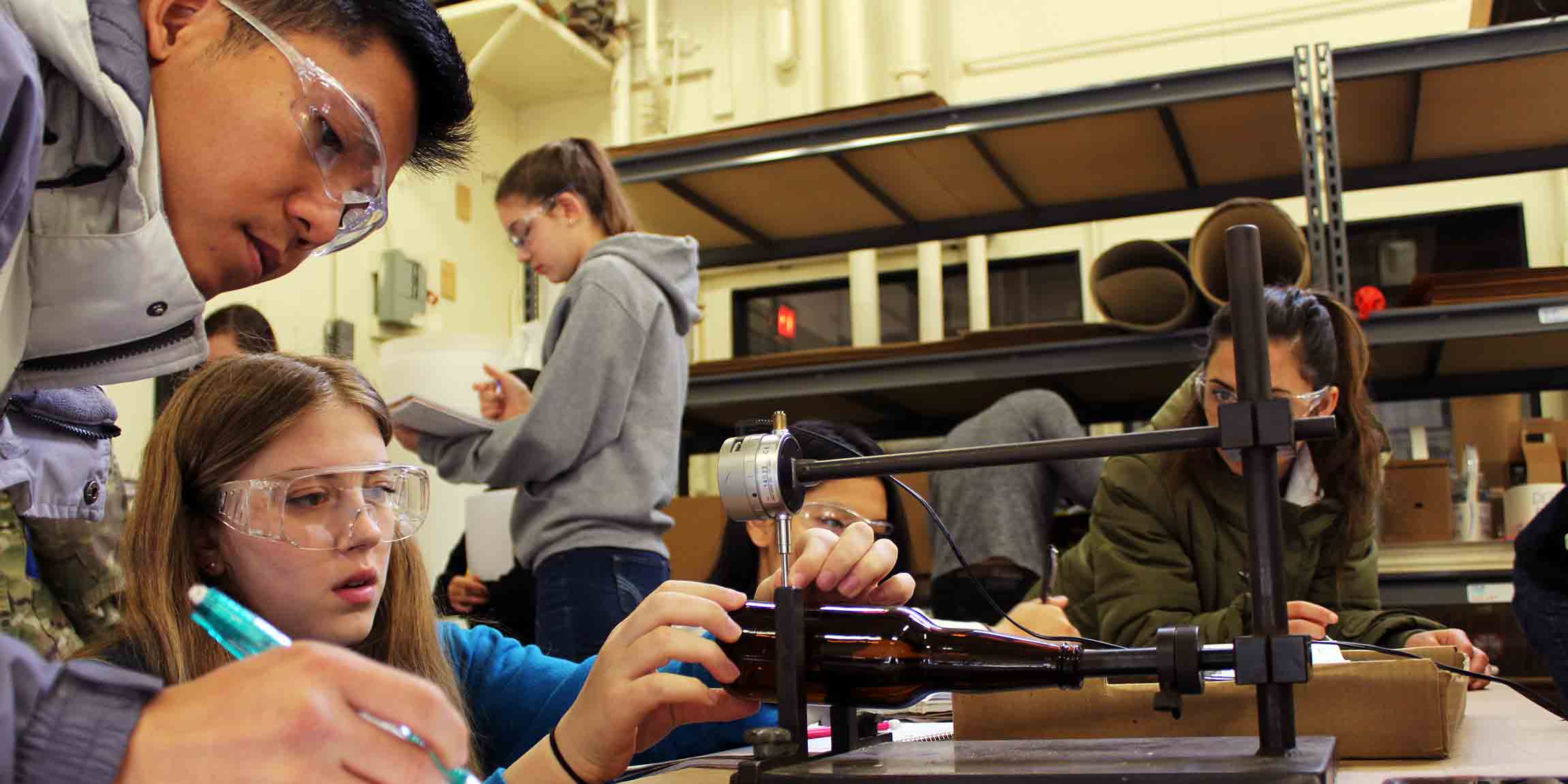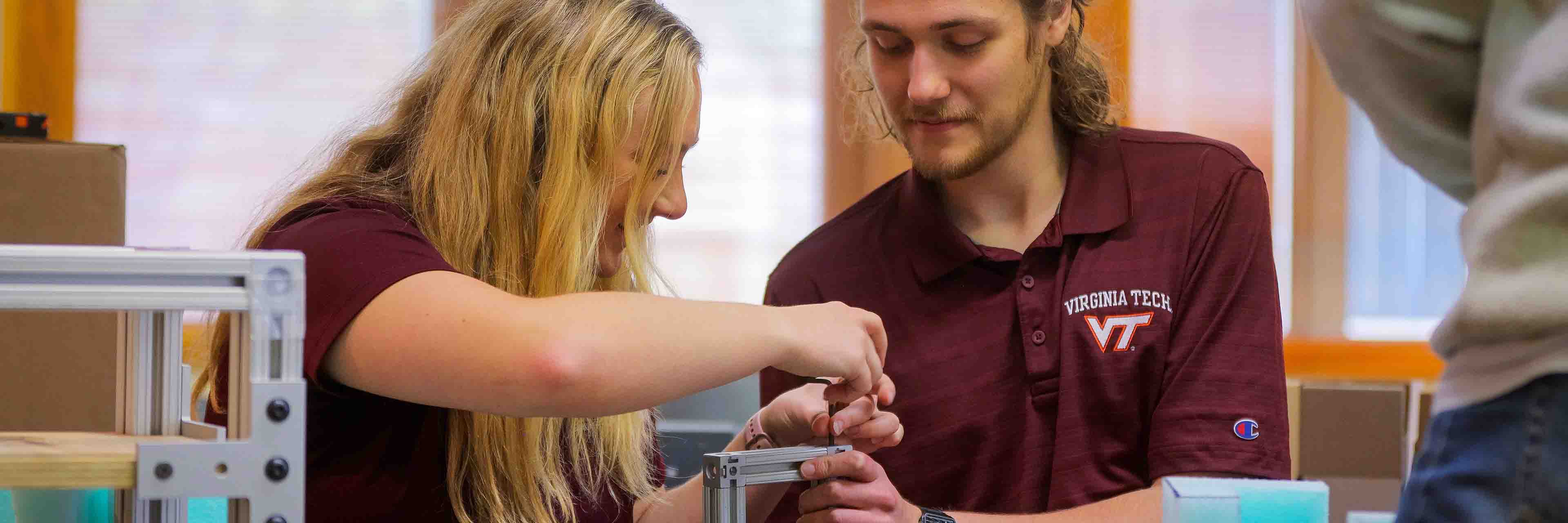Packaging systems and design

What is packaging systems and design?
The packaging systems and design major focuses on the use of sustainable materials in the transportation, storage, and delivery of products that must arrive safely, be easy to use, and minimize their carbon footprint. The curriculum emphasizes both creativity and problem-solving — a critical combination that will make you highly competitive in the job market. There are many industries that rely on the packaging industry, from the food and beverage sector, to pharmaceuticals and healthcare, to the world of online shopping.
Learn more about this major and the Department of Sustainble Biomaterials.
What will I learn in this major?
Students majoring in packaging systems and design take courses in three core areas: packaging materials and technology, packaging design and business, and packaging engineering. The coursework also includes classes in computer-aided design (CAD), food and health packaging, packaging polymers and production, paper packaging, distribution systems, and packaging design for global distribution.
Investigating the hazards of grocery delivery
03:15
Why study packaging systems and design at Virginia Tech?
- Virginia Tech was ranked the No. 5 best college for packaging science in the U.S. by College Raptor in 2023.
- At the Center for Packaging and Unit Load Design (CPULD), students get hands-on experience working to find solutions to packaging problems for corporate partners. The CPULD is the only IKEA-certified laboratory in North America and is also qualified to conduct Amazon package testing to ensure compliance with the company’s Frustration-Free Packaging Program.
- Each year, up to five students participate in the Distribution Packaging Internship Program, which affords each student a full-time summer internship and two years of part-time work experience as a lab technician in the CPULD.
- Students enrolled in the Packaging Design and Innovation course work on real-life packaging problems. Past projects have involved exchanging fossil fuel-based materials for biobased packaging, minimizing the amount of packaging materials, and reducing product damage by improving protective functions.
- You’ll learn from faculty like Laszlo Horvath, who is the director of the CPULD and uses data to ensure that your package arrives safely, every time.
- In the spring, students can attend the college’s annual Career Fair and Packaging Career Expo to network with employers and learn about job and internship openings.
- Students regularly attend PACK EXPO, the nation’s largest trade show for the packaging industry, making real-time connections with professionals and researchers while experiencing firsthand all of the dimensions of the packaging industry.
- Student organizations such as the Packaging Systems and Design Club provide opportunities to make connections and get involved on campus and in the community.
- The department is home to the Wood Enterprise Institute, a production enterprise owned and managed by students that develops, produces, markets, packages, and ships a wood-based product each year. Past products have included beer flight holders, conference tables, and wine racks.
- You might be interested in a CNRE or integrated Pathways minor that will provide you with additional subject matter expertise, allow you to pursue a passion, and help you stand out in the job market.
What can I do with a degree in packaging systems and design?
Graduates in packaging systems and design may enter the job market or pursue a graduate degree in the field. Career possibilities are listed below, and potential employers include Amazon, DHL, GE, IKEA, Nestle, Newell Brands, Packaging Corporation of America, PepsiCo, and WestRock.
- Packaging designer — Works as a graphic designer and creates packaging that appeals to customers and preserves the product.
- Packaging engineer — Plays a critical role in providing customer satisfaction by supervising the tasks involved in developing a package that protects goods from production to consumption.
- Packaging research scientist — Develops novel packaging materials for the food and pharmaceutical sectors to increase the sustainability and shelf life of products.
- Process engineer — Designs and manages packaging systems to ensure product integrity from warehouse handling to the shipping process.
- Production manager — Plans, coordinates, and manages manufacturing processes.

Attend a CNRE interest session
as part of your campus visit

Apply for admission
if CNRE is your place

Ask questions and connect
with our recruiter, John Gray Williams





